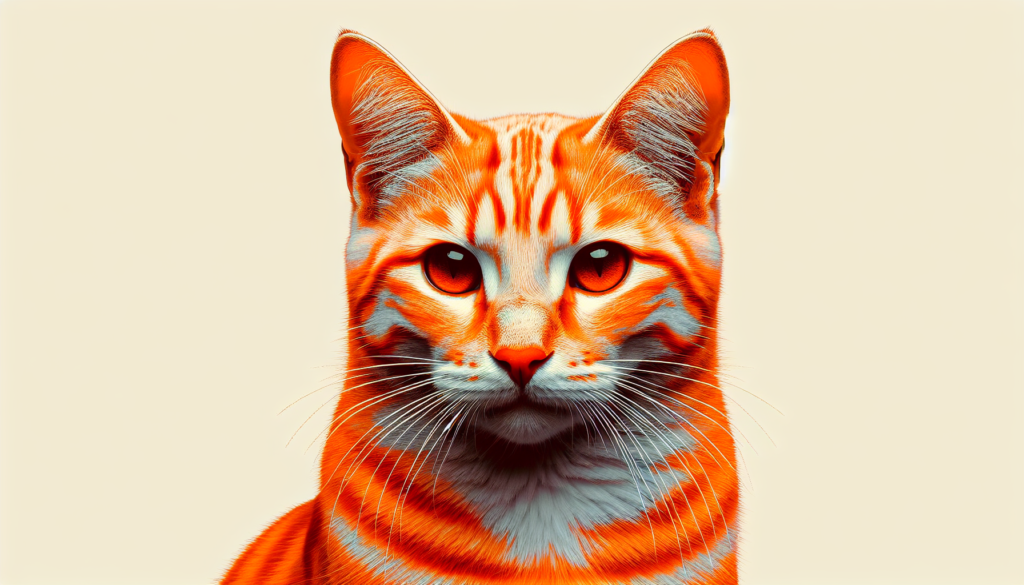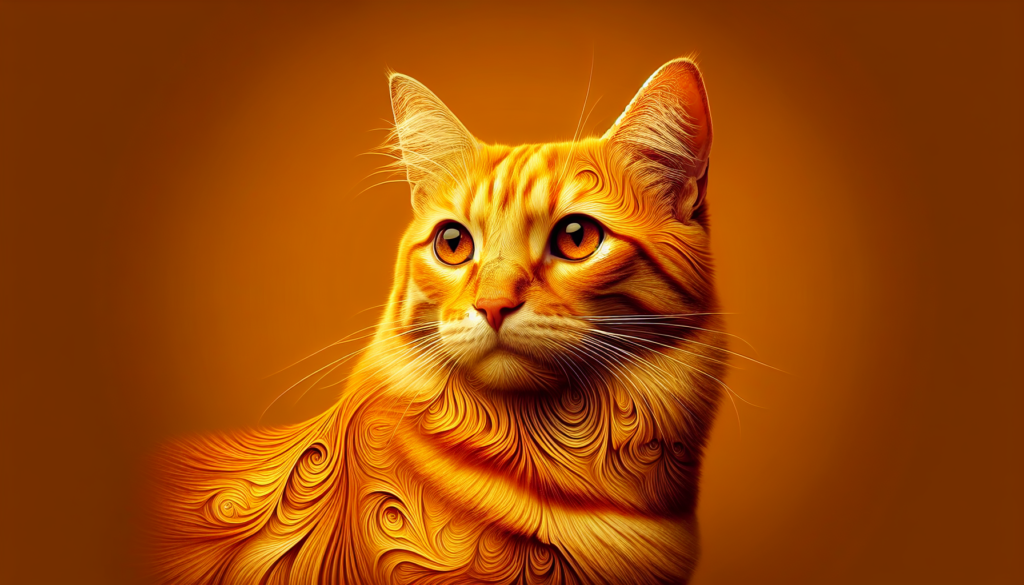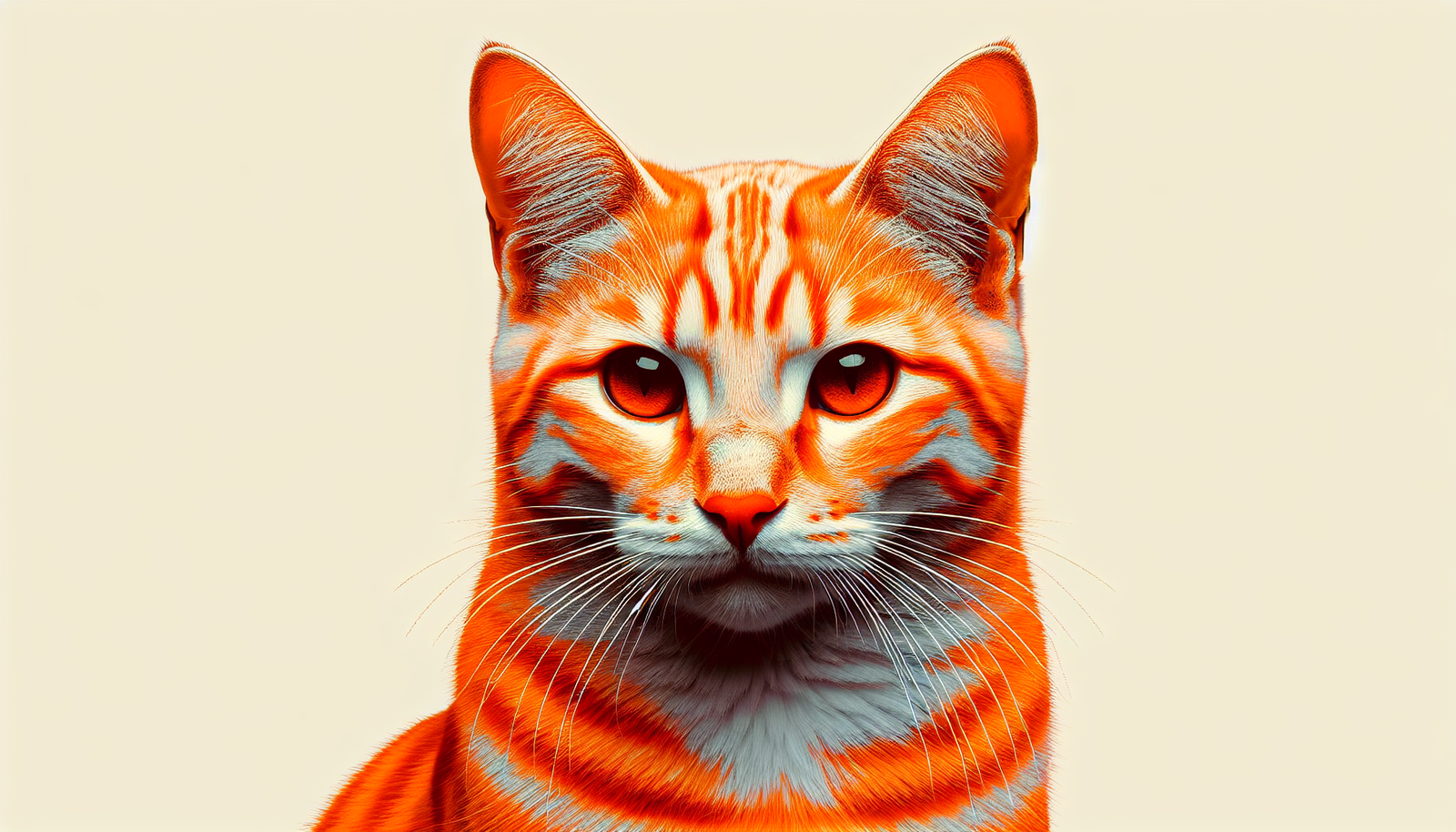Hey there! Have you ever wondered if all orange cats are tabbies? Well, you’re in for an interesting ride as we explore this feline mystery. Orange cats always catch our attention with their vibrant coat colors, but are they all part of the tabby family? Let’s uncover the truth behind their genetics and discover if there’s more than meets the eye when it comes to these adorable ginger kitties. Get ready to be amazed by the wonders of the feline world!
Differentiating Orange Cats and Tabbies

Understanding Orange Cats
Orange cats are known for their vibrant and eye-catching coat color. The presence of a gene called the “orange gene” is responsible for this distinctive hue. This gene, also known as the “O” gene, determines whether a cat’s fur will be orange or not. Typically, orange cats have coats that range from deep reddish-orange to lighter yellowish-orange shades.
Understanding Tabbies
Tabby cats, on the other hand, are characterized by their unique coat patterns. These patterns usually consist of stripes, spots, or swirls. The tabby pattern is a result of the presence of the “tabby gene” or the “T” gene. Tabbies can come in various colors, including brown, gray, and even orange.
Are All Orange Cats Tabby?
While it is commonly believed that all orange cats are tabbies, this is not entirely accurate. While the majority of orange cats do have tabby patterns, not all of them do. There are some orange cats that have solid coats without any tabby markings. These cats are often referred to as “non-tabby orange cats.”
The Genetic Basis
The coat color of a cat is determined by various genes, including the orange gene and the tabby gene. The orange gene is located on the X chromosome, making it a sex-linked trait. This means that the inheritance of orange fur is influenced by the cat’s gender. Male cats only need one copy of the orange gene to have an orange coat, while female cats need two copies.

Orange Coat Variations
Within the realm of orange cats, there are different coat variations that can be seen. The most common tabby pattern found in orange cats is the “mackerel” pattern, which consists of narrow stripes running vertically along the cat’s body. Other tabby patterns that can be seen in orange cats include “classic,” “spotted,” “patched,” and “ticked.”
Non-Tabby Orange Cats
As mentioned earlier, not all orange cats have tabby patterns. Some orange cats have solid coats, meaning their fur is a uniform and consistent orange color without any tabby markings. Additionally, there are other variations seen in non-tabby orange cats, such as “smoke orange,” characterized by a solid orange topcoat and a lighter undercoat, and “dilute orange,” which has a softer and lighter shade of orange.
Orange Tabbies vs. Other Tabbies
Comparing orange tabbies to other tabbies reveals some distinctive features. Orange tabbies, regardless of their pattern, often have brighter and more vibrant coats compared to other tabbies. The tabby patterns on orange tabbies may also appear more pronounced due to the contrast between the orange base color and the darker tabby markings. However, it is important to note that while orange tabbies have unique characteristics, they still share common traits with other tabbies.
Tabby Patterns in Orange Cats
When it comes to tabby patterns in orange cats, there are various possibilities. Depending on the presence of specific genes, tabby patterns can appear differently on orange cats compared to cats with different base colors. For example, the stripes on an orange tabby may appear more reddish or blend in with the overall orange hue of the coat.
The Role of Genetics
Understanding the genetics behind coat color in cats is essential to comprehend the variations seen in orange cats and tabbies. The orange gene (O) and the tabby gene (T) interact to determine the coat color and pattern of a cat. Additionally, other genes play a role in modifying these patterns, resulting in a wide range of coat variation among cats.
Exceptions in Coat Color
While orange is the predominant color seen in the coats of orange cats, there are rare coat color anomalies that can occur. Certain genetic mutations can cause orange cats to have unusual coat colors, such as cream or apricot shades. These exceptions showcase the complexity and diversity of coat color genetics in cats.
In conclusion, not all orange cats are tabbies, but the majority of them do have tabby patterns. The presence of the orange gene and the tabby gene, along with other genetic factors, contribute to the coat color and pattern variations seen in orange cats. Understanding these genetic mechanisms helps us appreciate the uniqueness of each cat’s appearance and fur. Whether they are orange tabbies or non-tabby orange cats, these feline companions bring joy and charm into our lives with their striking coats.

